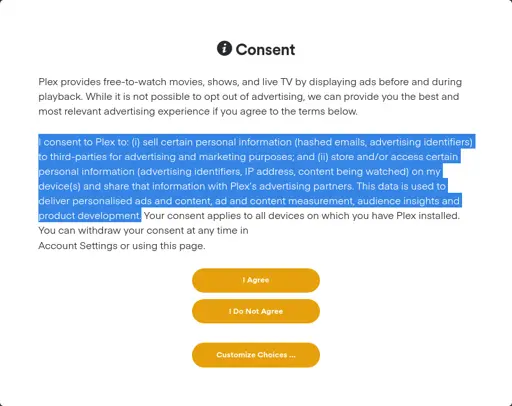I've been vague about the details because you are digging your heels into an argument about a one week test run I did a while ago on a piece of software that didn't do what I wanted. "My use case" was "go in there and scrape my video library" on a default install.
The reason I even tried to plug in live IPTV, by the way, is that people made a big deal of Plex's obsession pushing for it, since they plug it in by default and have their own default list of channels pre-baked. Even if I don't use it much on Plex, and I really don't, it was an interesting test case for how the two pieces of software handle their extra options. For all the crap Plex got for trying to become Netflix, and I do agree it's a fool's errand, it was a depressing reminder of how commercial software and OSS often handle UX differently.
Oh, and if the implication is that Jellyfin got itself a better default skin, then good for them, but I saw the interface not that long ago and it still looked pretty grim. And yeah, screw them for letting me customize it. That's bad. Entirely reskinning software is a bad feature that adds next to nothing but complexity if you have good designers make a good UI in the first place. It's fine to have as an extra, but it should either be very well packaged or waaaay out of the way for power users. The average user shouldn't have to think about it. Turning on dark mode, maybe, and even that would be a disappointing omission of a "take system setting" option as a default. UX IS important.
And no, I refuse to concede that self-hosting entails annoying, convoluted setups. There are multiple commercial solutions to this that are different degrees of "better than nothing". At ground level plenty of routers or self-hosted products will one-click set up a VPN for you, which is not great but at least works around the issue. On the other end it's a remote service provider managing your remote access and then yeah, there's data form you leaking elsewhere, but that as an option is at least useful. It's not just pure corpo closed source like Plex, either. Home Assistant's for-profit arm will gladly take your subscription money and handle remote access for you. Whether you trust them more or less than Google (or not at all and want to set up yourself) is up to you.
Also, again, I checked this a while ago, but given how many other people are up and down this thread claiming (and not being disputed) that Jellyfin is still less fire-and-forget for parsing, I don't know how "outdated" that is. You should ping the two separate people who recommended third party software to scrub media libraries so they'd work with Kodi/Jellyfin and explain to them that this is now entirely unnecessary.
And I didn't say that ebooks were "a basic UX block" (although it sucking did make me go for a Plex/Komga setup, not a Plex/Jellyfin setup, so... I guess it is on that front). I gave you a list. I'm not going back to Jellyfin just to verify that you're obviously wrong about it all having been perfectly fixed up to Plex's standards, because I'm pretty sure the bunch of people saying the opposite all over this thread aren't making it up.
UX matters. Jellyfin's UX is much, much worse than Plex's. I wish it wasn't, but it was bad enough when I tried it to push me away and a whole bunch of people here are claiming the same thing. Being delusional about the quality of the implementation doesn't make it better.

